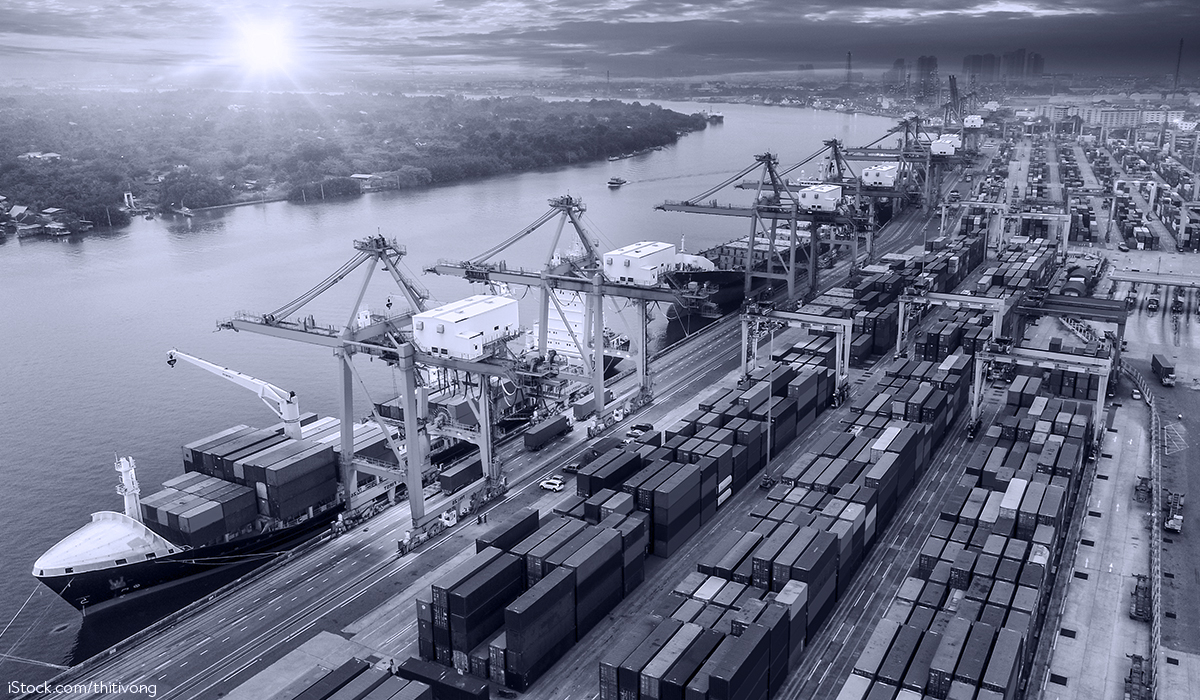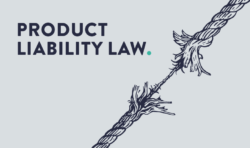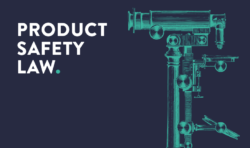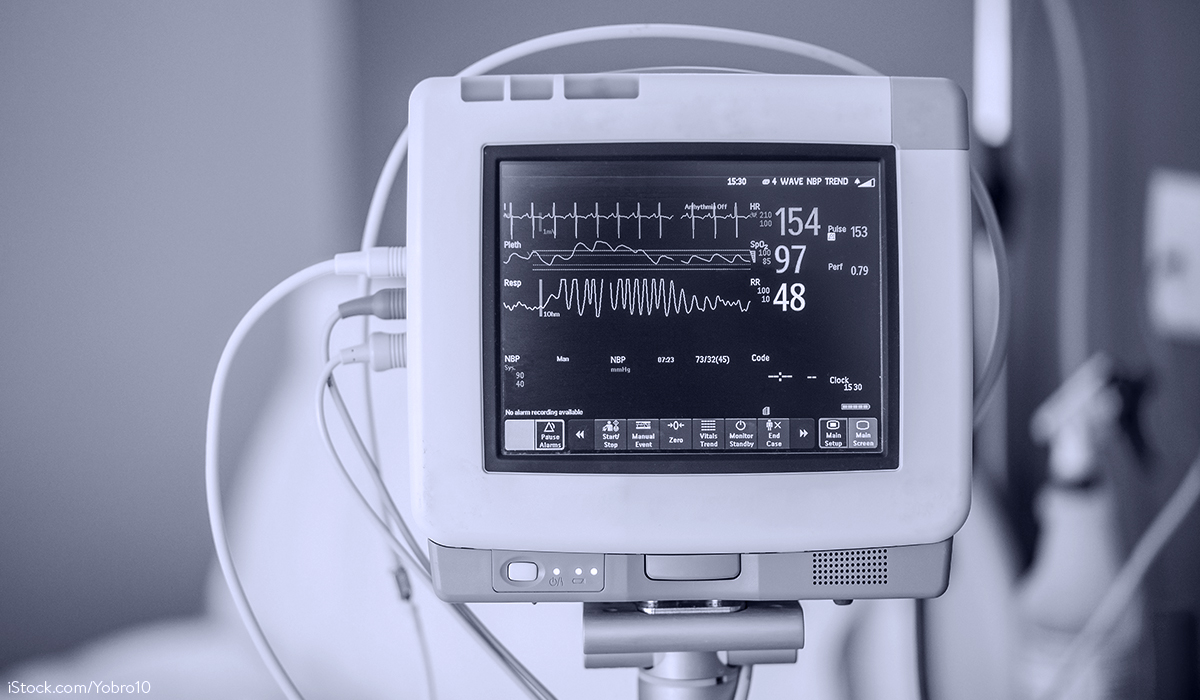A. Reference to Regulation (EU) 2019/1020
The central element of the expected new version of the “Blue Guide” (available here) is the inclusion of Regulation (EU) 2019/1020, which replaces the market surveillance law of Regulation (EC) No. 765/2008 (the so-called old MSR) throughout the EU as of 16.07.2021. Especially the start of application of the new MSR in the middle of last year is likely to have accelerated the work on the new “Blue Guide”, because relevant parts of the “Blue Guide” had become outdated since then (see section 7 on “Market Surveillance”). This applies to the handling of the still booming online trade under market surveillance law.
In this respect, the following aspects are particularly highlighted:
- Provision of information and implementation of measures to promote conformity
- Provide more effective enforcement tools in relation to online sales
- Improving cooperation between EU Member States, between market surveillance and customs authorities and through a European network on product compliance
In addition, the relationship between the MSR and Regulation (EC) No 765/2008 (so-called old MSR) and the application of the Lex specialis rule (Section 1.2.2) are explained. Dr. Gerhard Wiebe dealt with the implementation of the MSR into national law in his contribution to the German Market Surveillance Act (MüG).
With the MSR the topics of placing on the market and sales or distribution focus on online platforms. Unsurprisingly, this is precisely what the new version of the “Blue Guide” deals with. According to Art. 6 Regulation (EU) 2019/1020, a product offered for sale online is deemed to have been made available if the “offer is addressed to end users in the Union”. Any activity of the economic operator directed in any way to a Member State shall be sufficient. For the assessment on a case-by-case basis, the Commission continues to propose a number of criteria, including shipping regions, languages & payment options on the website. It is now clarified that the mere accessibility of the website of economic operators or intermediaries in the EU Member States in which the end-user is resident or established is not yet sufficient as a criterion. The physical delivery of a product ordered from a specific online seller established outside the EU to end-users in the EU is intended to be an irrefutable confirmation that a product is placed on the EU market (see section 2.4 for the whole).
Placing on the market via online platforms is subsequently subject to more far-reaching legal consequences that go beyond the platform’s obligation to cooperate with market surveillance authorities. In addition, it is recommended to visibly highlight CE and other required markings on the website before the end user makes the purchase.
According to Art. 3 No. 21 Regulation (EU) 2019/1020 end user means any natural or legal person residing or established in the Union, to whom a product has been made available either as a consumer outside of any trade, business, craft or profession or as a professional end user in the course of its industrial or professional activities. Harmonisation legislation does not impose obligations on products falling within the scope of end-users. Conversely, products related to an occupational activity of the end-user may be subject to legislation on safety at work.
The term (EU) economic operator is legally upgraded in Art. 3 No. 13, Art. 4 of Regulation (EU) 2019/1020. Economic operators are “manufacturers, the authorised representatives, the importers, the distributors, the fulfilment service providers or any other natural or legal persons” who are subject to comparable obligations. According to Art. 4 of Regulation (EU) 2019/1020, certain products may only be placed on the market in the EU if there is a designated economic operator established in the EU who can provide information or take certain measures at the request of the authorities.
Depending on obligations under the relevant harmonisation rules, the economic operator may also have several other tasks:
- Verification/retention of EU certificate of conformity and technical documentation
- Obligations in the event of a possible hazard emanating from a product (informing the competent market surveillance authorities, taking corrective measures)
- Cooperation with market surveillance authorities (submission of the EU declaration of conformity/technical documentation, corrective actions, in cases of product recalls)
The responsibility for ensuring that the product complies with the requirements of harmonisation legislation admittedly remains with the manufacturer in this new scenario with the requirement of the EU economic operator. The manufacturer – together with the other actors in the supply chain – continues to bear the responsibility for all legal obligations regarding the products, warranties or liability for defective products (see section 3.6).
A separate section recognises the fulfilment service provider as an independent economic operator by addressing its role according to Art. 3 No. 11 of Regulation (EU) 2019/1020. The fulfilment service provider is “any natural or legal person offering, in the course of commercial activity, at least two of the following services: warehousing, packaging, addressing and dispatching, without having ownership of the products involved“. Postal and parcel services are explicitly excluded. During a closer examination of the activity of a fulfilment service provider, it may become apparent, depending on the type and scope of the activity, “that they are traders, importers or agents” (cf. section 3.5).
B. Significant changes to products
The new version was supplemented by more specific explanations on substantial changes to products. It was sometimes unclear when a change to a product was to be classified as “substantial” and the product was thus considered “new”. Now a product is to be substantially changed under the following cumulative conditions, so that the person who makes the change becomes the manufacturer of a new product:
- If its original performance, use or design has been changed without this being envisaged in the original risk assessment.
- Where the nature of the hazard has changed or the level of risk has increased compared to the relevant Union harmonisation legislation.
- When the product is made available (or put into operation if the commissioning – as in machine law – also falls within the scope of the applicable legislation).
What is new is the reference to the original risk assessment. This must not have taken the relevant modification into account in advance. Even if this was not so clearly expressed in the “Blue Guide” 2016, it was correct to claim validity; because whether the risk changed or increased was to be investigated by means of a risk assessment. In the course of this, the original risk assessment was naturally to be used. In the end, this is more of a clarification.
Incidentally, these considerations should also apply to software (data processing programs), i.e. with regard to the demarcation between mere maintenance on the one hand and substantial modification on the other (cf. on the whole section 2.1).
C. Withdrawal of the United Kingdom from the EU
Sections 2.9.5 and 2.9.6 outline the consequences of the “Brexit” in terms of product law. After the harmonisation legislation no longer applies to the United Kingdom as of 01.01.2021, former EU traders will now become importers in the sense of European product safety law. As a result, they must fulfil the correspondingly strict obligations. In addition, further consequences with regard to economic operators, notified and accreditation bodies as well as conformity assessment procedures are explained. Finally, the product law implications of the Protocol on Ireland/Northern Ireland are described.
D. Regulation (EU) 2019/515 on the mutual recognition of goods
Newly included is Regulation (EU) 2019/515 on the mutual recognition of goods, which applies from 19 April 2020 and replaced Regulation (EC) No 764/2008, which is part of the New Legislative Framework (NLF). The aim of the regulation is to facilitate the application of the principle of mutual recognition. The main innovation compared to the old regulation is the so-called voluntary self-declaration on mutual recognition by an economic operator. For further information, please refer to the relevant Commission guide (see section 1.1.2).
E. Products imported from third countries
Finally, the Commission discusses the rules on products imported into the EU from third countries. Products originating in countries outside the EU must also comply with the applicable harmonisation requirements when they are made available on the Union market. Only when they comply with the harmonisation requirements may the products be released for free circulation (see section 2.5 for the full text).
F. Result
In addition to its existing relevance under product law, the “Blue Guide” in its new version is now also an important reference for Regulation (EU) 2019/1020. However, it would have been desirable to clarify controversial legal opinions of the previous requirement, for example regarding the handling of spare parts (see Section 2.1).
Do you have any questions about the article, or do you want to discuss the article with the author? Please contact: Dr. Carsten Schucht.






